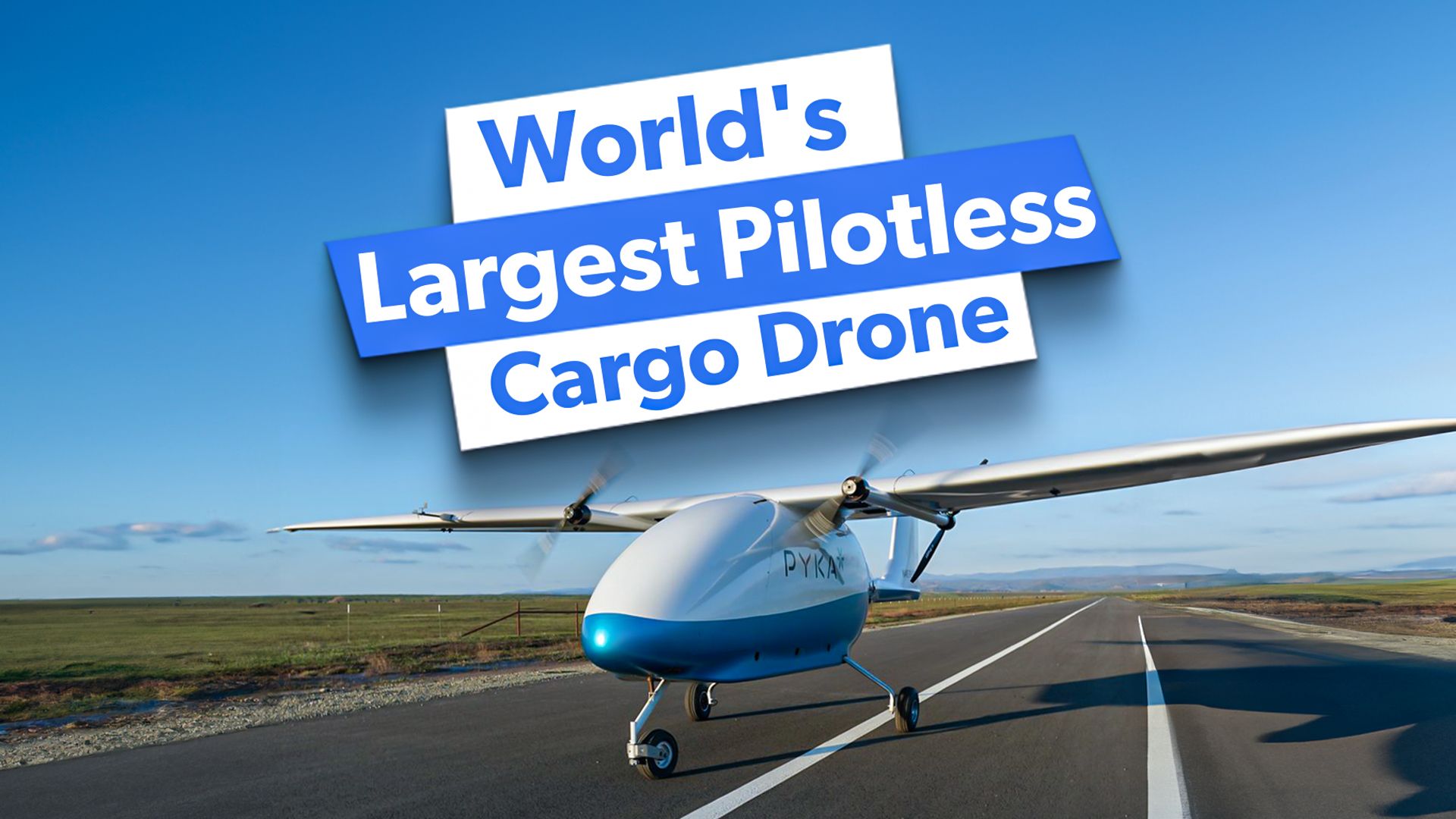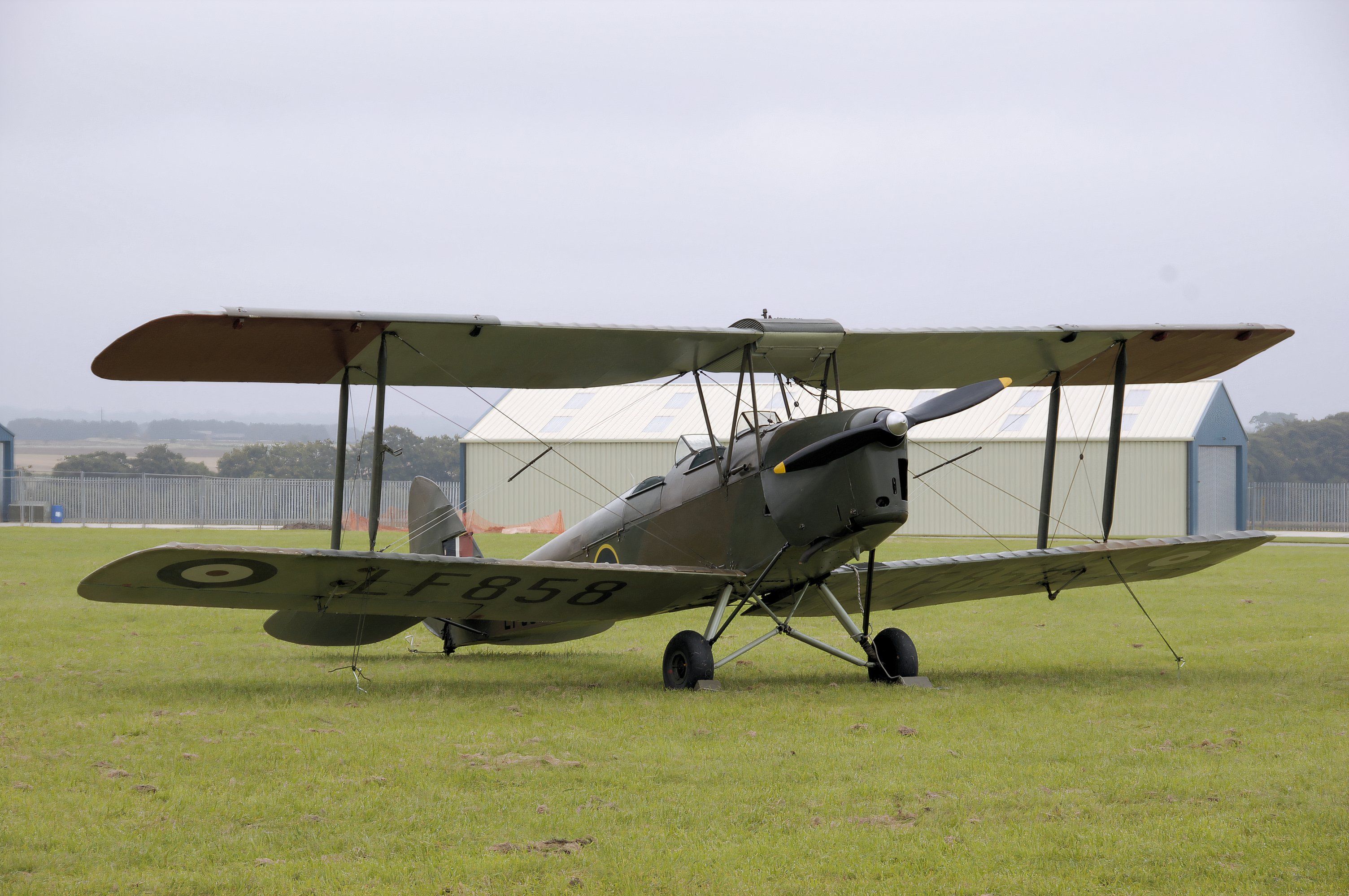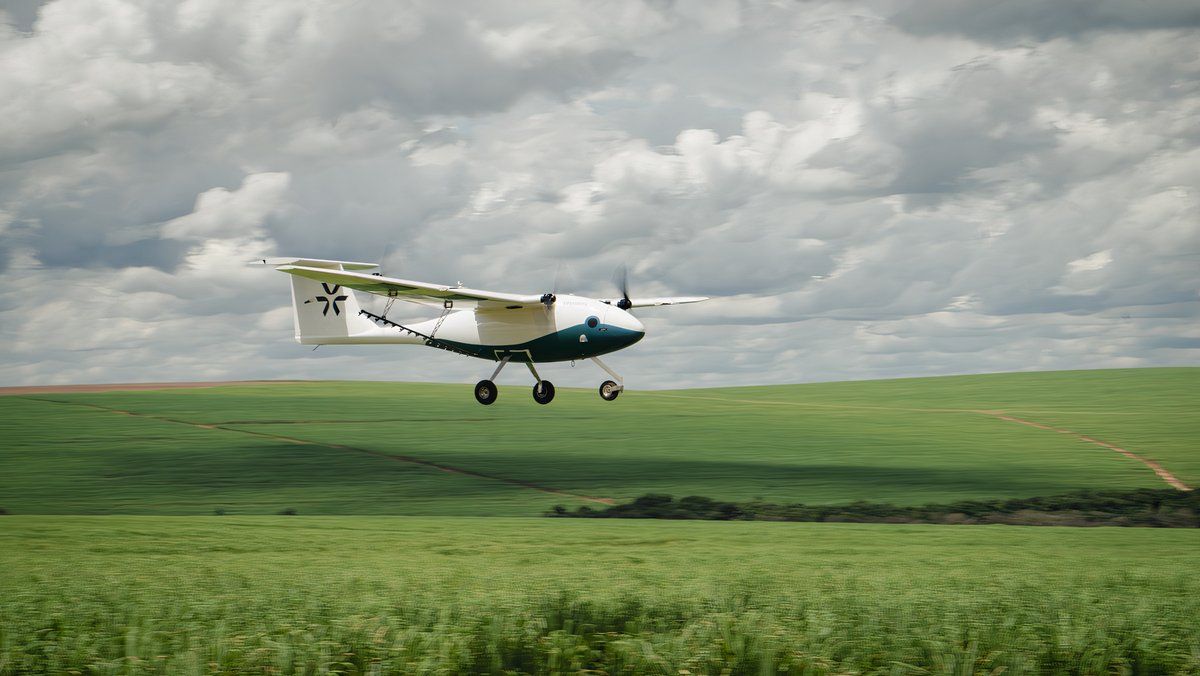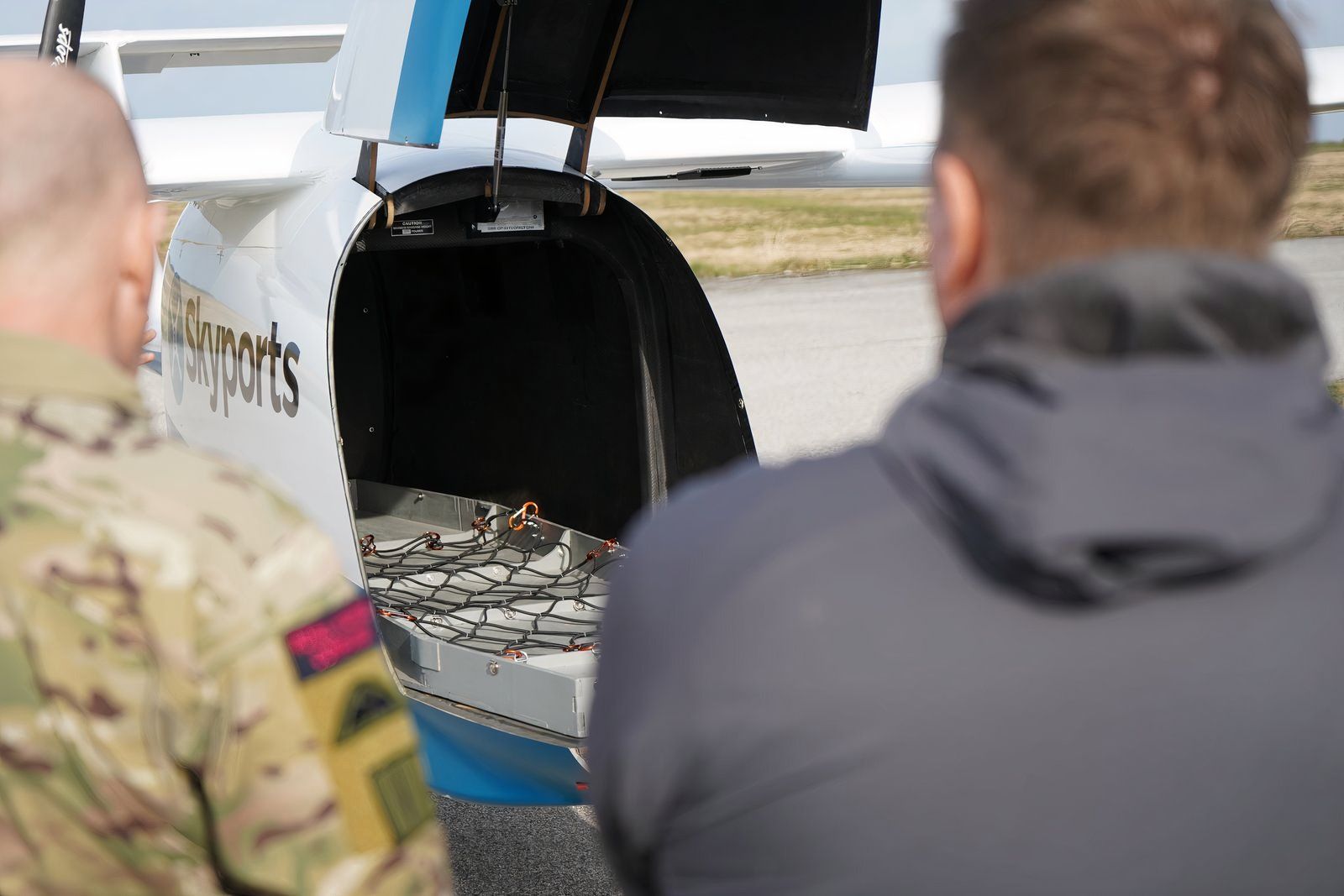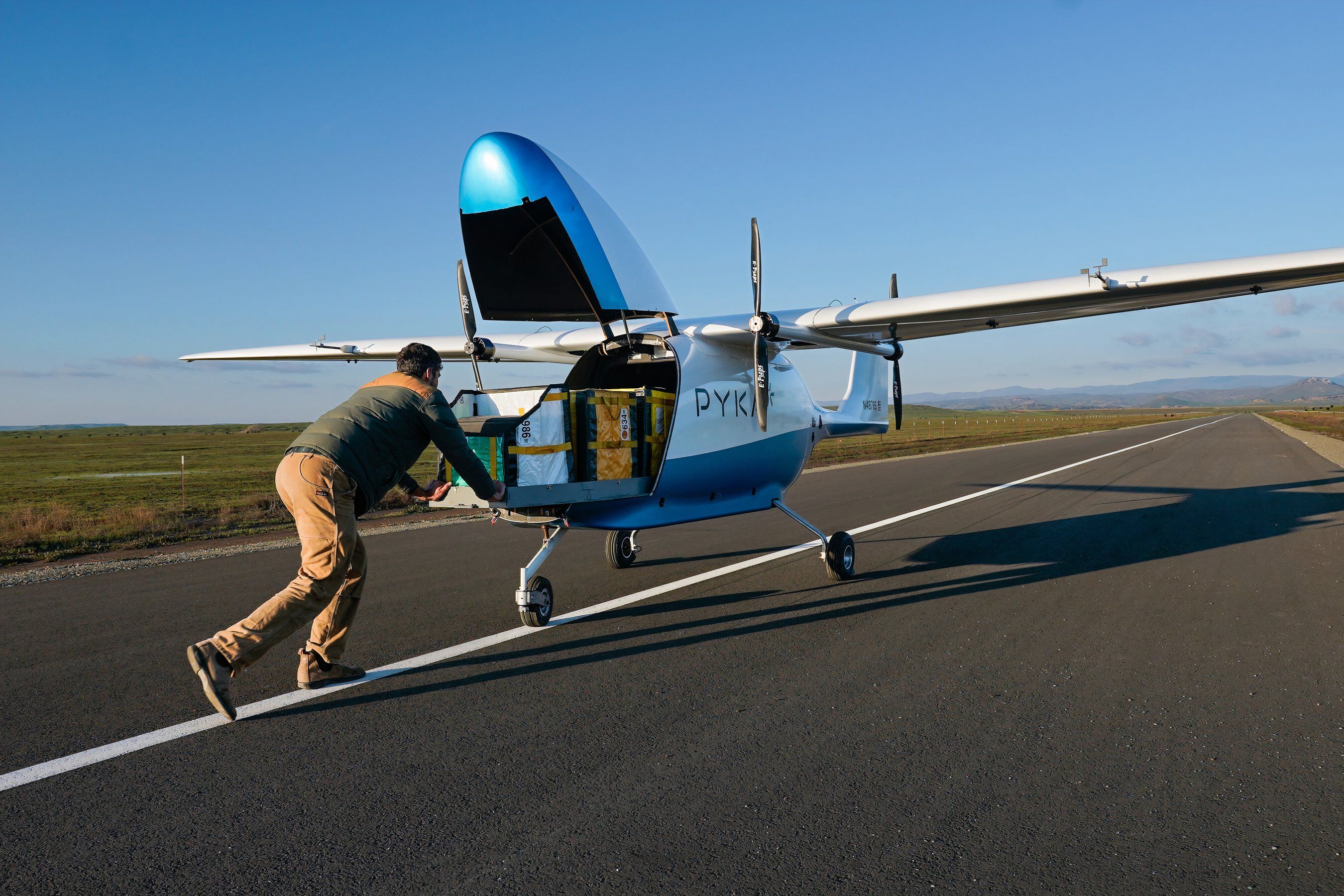Summary
- Pyka partners with SNC to offer all-electric cargo UAS drones to US DoD.
- RUMRUNNER drone lands and takes off in short distances & carries 400-pound loads up to 200 miles.
- Pyka’s CEO sees RUMRUNNER’s potential to revolutionize military supplies delivery.
In a statement issued on May 7, 2024, American drone manufacturer Pyka announced that it had partnered with aerospace and national security company SNC to offer Pyka’s large-scale all-electric cargo Unmanned Air Systems (UAS) drone to customers within the US Department of Defense. The drone is a modified version of Pyka’s electric-powered Pelican Cargo drone, the world’s largest electric cargo UAS.
The RUMRUNNER can take off land from short distances and carry a 400-pound payload up to 200 miles. Pyka sees its RUMRUNNER drone as a military game changer, enabling front-line troops to receive supplies in challenging environments.
What is an Unmanned Air System (UAS)?
Commonly referred to as a “drone,” an Unmanned Air System (UAS) is a pilotless aerial vehicle with no passengers onboard. Initially developed by the military for missions that were too dull, dirty, and dangerous to be undertaken by humans, as technology improved, costs came down, allowing drones to be used for non-military purposes. Drones have various sensors and cameras and can be controlled remotely or programmed to follow a set flight path. Today, drones are commonly used for the following things:
- To survey and map land
- Aerial photography and video
- Policing and surveillance,
- To monitor crops and assess the plant’s health,
- To spray pesticides and fertilizers
- Monitor forests for fires
- To monitor rivers and the environment
- To monitor and inspect infrastructure
- Movie-making and entertainment
- The delivery of goods
Drones were first used for anti-aircraft gun practice
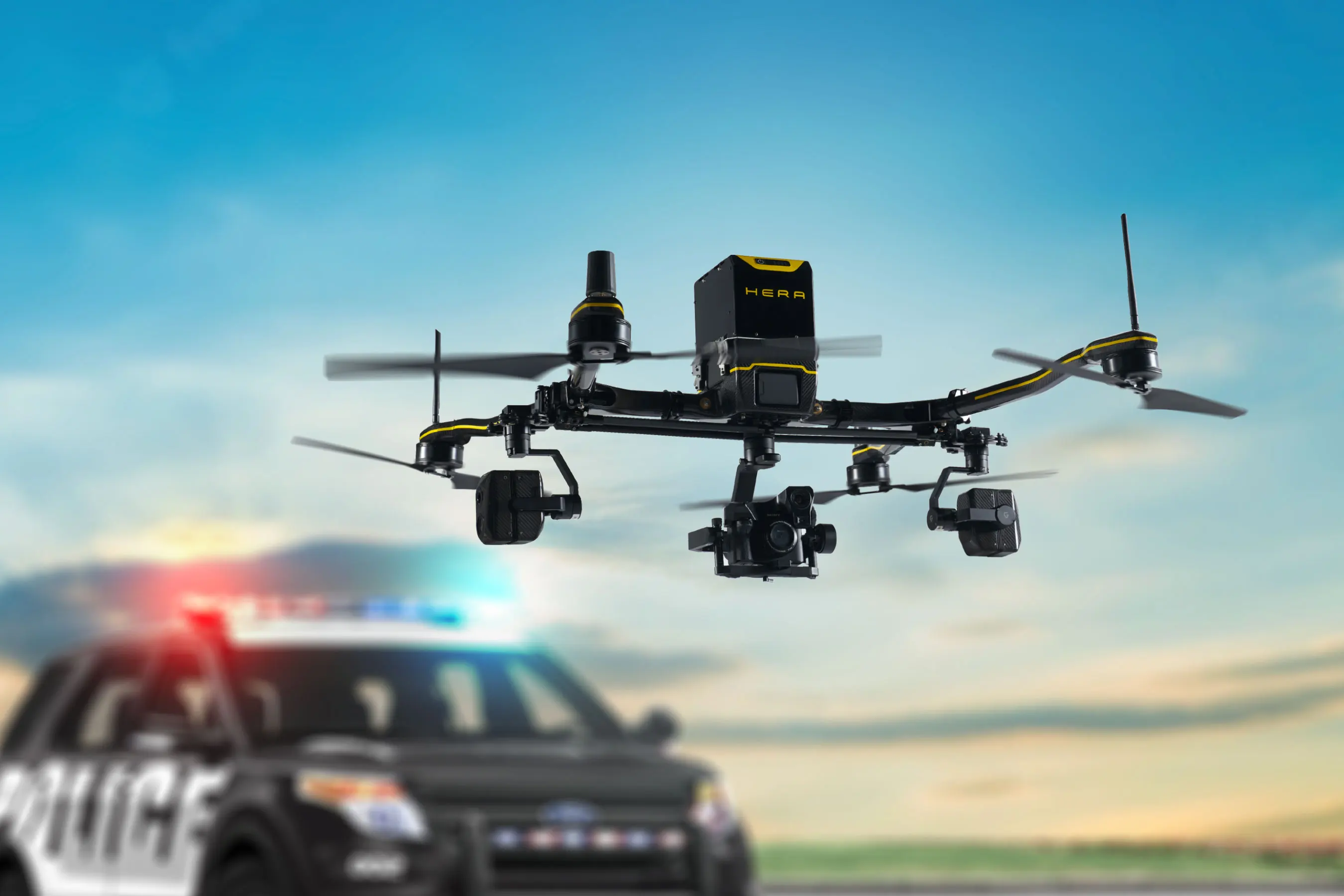
Related
How Do Police Departments Use Drones?
Drones are integral for major crime scene investigations.
Drones were first developed in the 1920s by the Fairey Aviation Company and de Havilland, who, in the 1930s, manufactured the DH.82 Queen Bee, a pilotless, radio-controlled variant of the Tiger Moth. The drone was used to train anti-aircraft gunners and was called a drone because of the male bee, which makes one flight in search of the female queen bee and subsequently dies.
The development of Unmanned Aerial Vehicles (UAVs) for military use began in earnest in May 1960 after the Soviet Union shot down an American U-2 spy plane and captured its pilot, Francis Gary Powers. The incident sparked a major international incident between the United States and the Soviet Union. Powers was convicted of espionage by the Soviets and sentenced to ten years in prison.
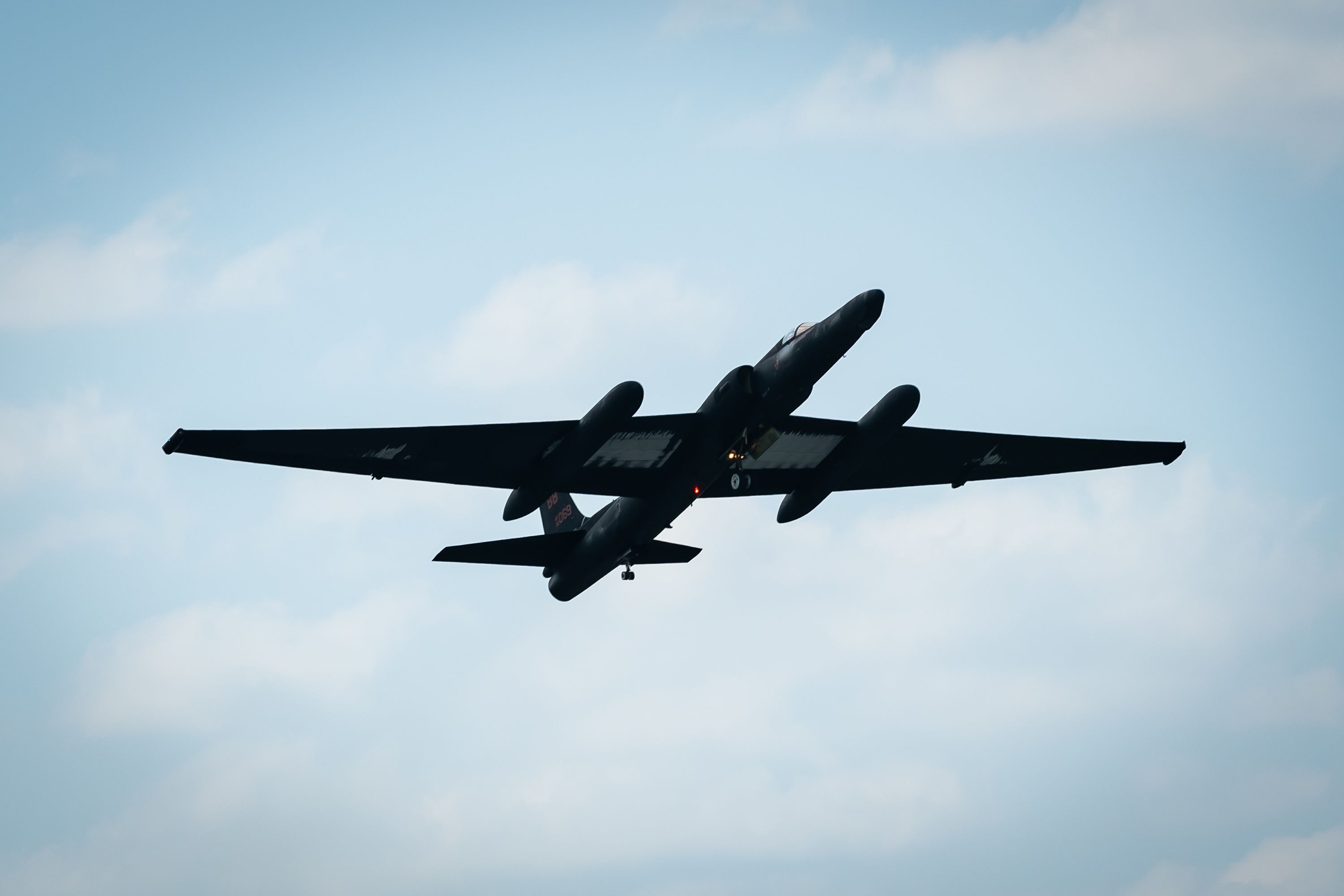
Related
Dragon Lady: Everything You Need To Know About The Lockheed U-2 Spy Plane
The U-2 is one of the most challenging aircraft in the world to fly.
After months of negotiations, on February 10, 1962, the Americans agreed to swap Soviet Union KGB Colonel Rudolf Abel. The exchange occurred on the Glienicke Bridge over the Havel River, the de facto border between West Berlin and East Germany. The Glienicke Bridge was used during the filming of Funeral in Berlin and the 2015 Tom Hanks film Bridge of Spies.
Within days of Powers being shot down, the Americans started a highly classified UAV program under the code name of “Red Wagon.” Drones began being used for surveillance during the Vietnam War and were successfully used as decoys by the Israelis during the 1973 Yom Kippur War against Egypt and Syria. At the time, Soviet-supplied surface-to-air missile batteries in Egypt and Syria caused heavy damage to Israeli fighter jets. To get its Arab neighbors to deplete their missiles, Israel began using drones as decoys. It is estimated that at least 50 countries now produce and build UAVs for their militaries.
About Pyka
During his childhood, Michael Norcia became fascinated with building and flying remote-controlled aircraft. After graduating from the University of California, Davis, Norcia built drones in his parents’ garage. In June 2017, Michael’s company, PYKA, was accepted by technology startup accelerator Y Combinator Management, LLC, to receive funding.
A 400-lb Unmanned Aerial Vehicle called “Big Bird” came next, making a successful maiden flight in August 2017, just before Y Combinator’s Demo Day. After raising $3 million in funding from Y Combinator, Pyka began working on a 200-lb UAV that could be used for crop dusting.
Photo: Pyka
In 2019, after collaborating with the New Zealand Civil Aviation Authority, the ” Egret ” UAV became the first human-scale autonomous electric aircraft certified for commercial work. In October 2019, Pyka raised a further $8 million and began work on a second-generation UAV called “Pelican.” The first commercial Pelican was delivered to a Costa Rica company, which began spraying bananas. To help accelerate the future of autonomous aerial application operations in Brazil, Pyka partnered with the research and development arm of Embraer in September 2021.
In April 2022, Pyka raised $37 million and began work building a cargo-carrying version of the Pelican. In January 2023, Pyka unveiled Pelican Cargo, the world’s largest zero-emission autonomous cargo UAS. Just over a year later, in the summer of 2023, the Federal Aviation Authority (FAA) approved the Pelican Spray for commercial crop spraying in the United States.
Photo: Pyka
In October 2023, Pyka entered its Pelican Cargo into the UK Ministry of Defense Heavy Lift Challenge. During the competition, Pelican Cargo’s heavy payload capacity and extended range capabilities were watched by an audience of senior UK Ministry of Defense and the Royal Navy members.
When speaking about its partnership with Pyka in the May 2024 statement, vice president of programs at SNC Michael Bertman said:
“Pyka’s Pelican Cargo is unlike any other UAS solution on the market for contested logistics. We assessed a number of leading capabilities and concluded that the Pelican Cargo is significantly more capable than any other platform. It is the only all-electric, austere environment cargo aircraft with that kind of range, payload capacity, and cargo volume.”
“While the clean energy aspect is important, creating a more diverse, distributed, and survivable supply chain is expected to be the primary driver in terms of interest from the DoD. The Zero-Fuel component minimizes the need to forward-stage bulk fuel, which significantly reduces the logistics tail normally associated with resupply operations. This presents opportunities to increase the survivability of our service members, reduce risks to the force, and transform the way military operations have historically been conducted.”
Photo: Pyka
In response to Bertman’s comments, PKYA co-founder and chief executive officer Michael Norcia said:
“We are excited to partner with SNC to bring our autonomous electric cargo UAS platform to DoD customers. SNC has extensive experience modifying products from the Silicon Valley technology ecosystem to fit DoD requirements, and they are committed to making cutting-edge technology like Pelican Cargo available to the United States government.”

